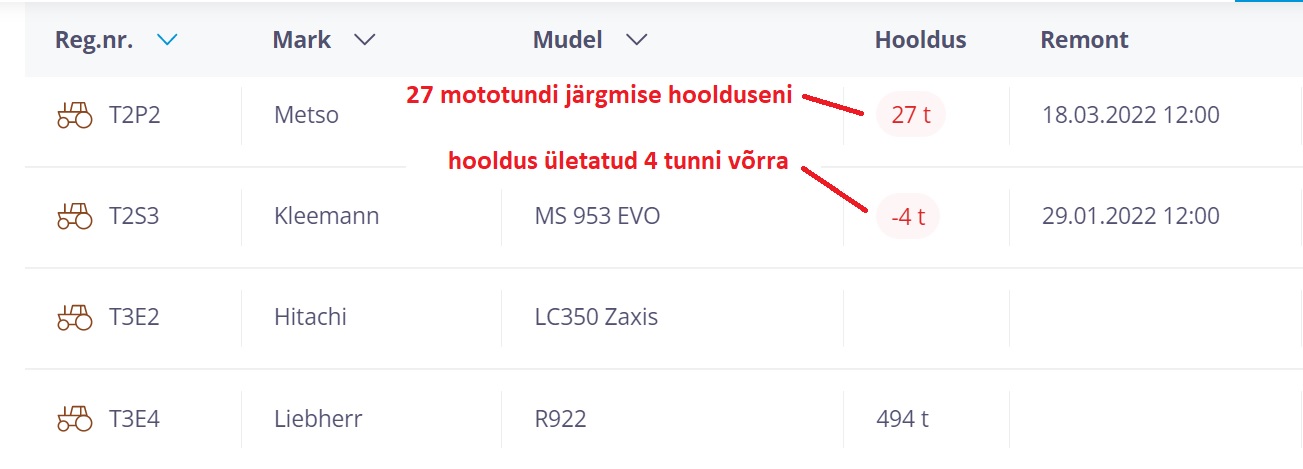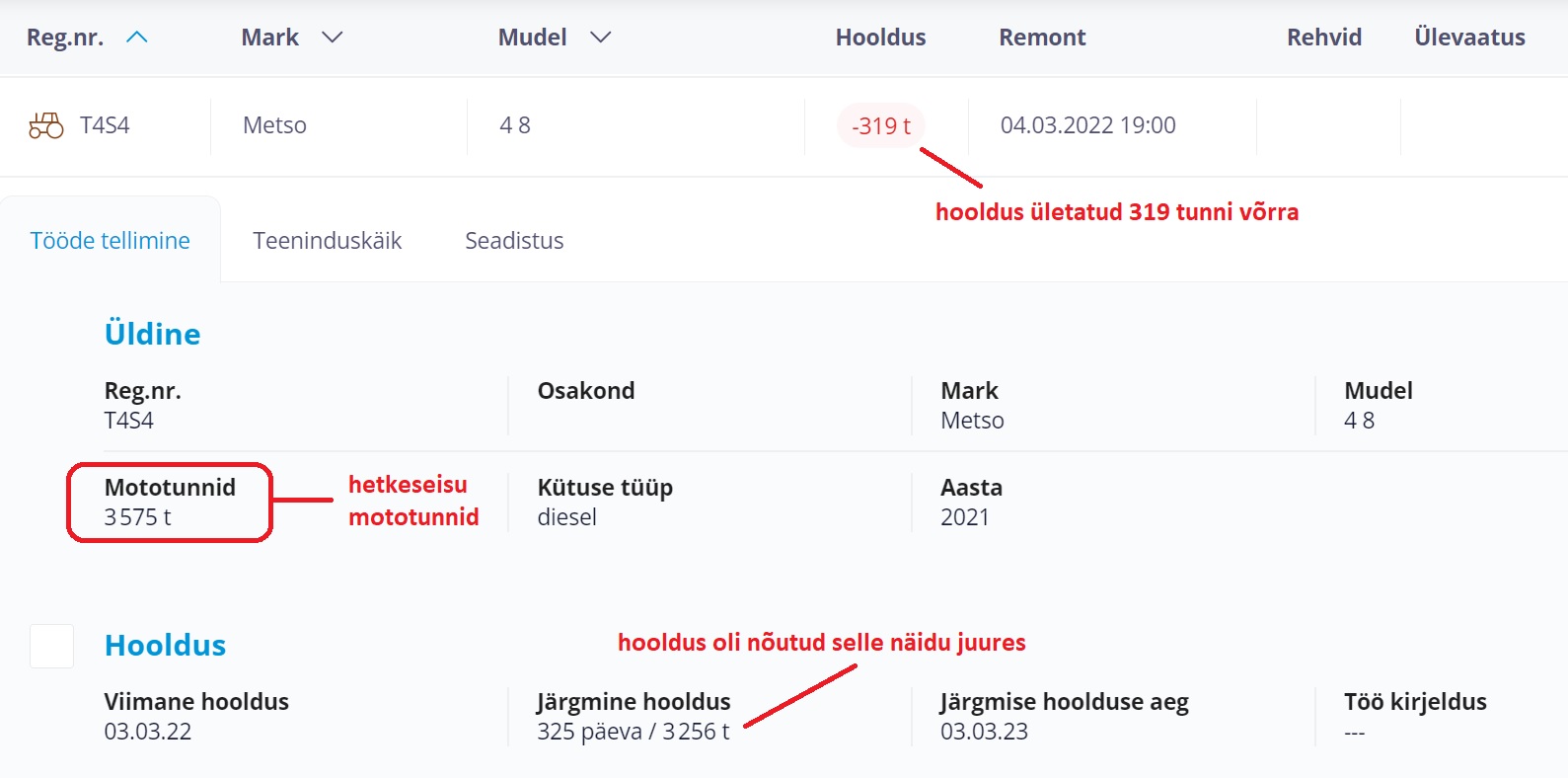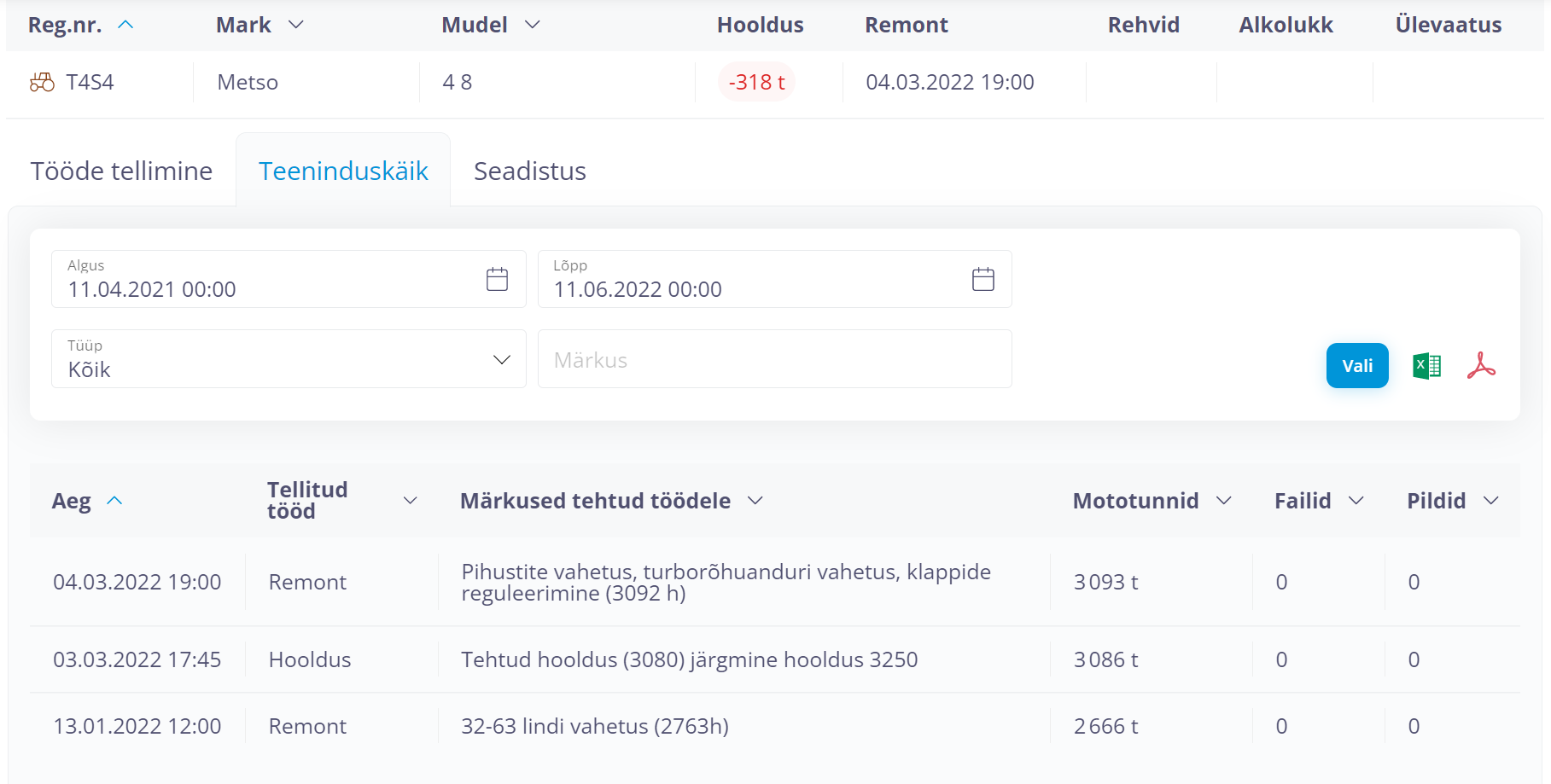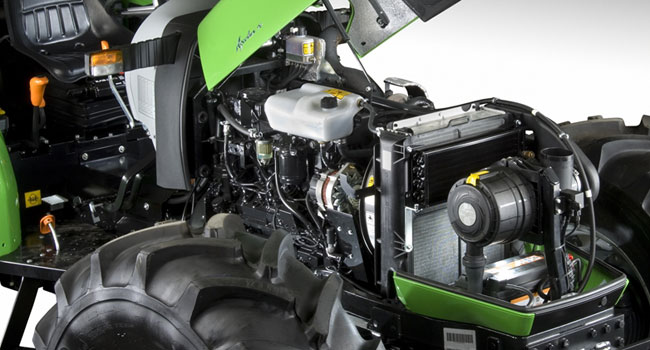Electronic maintenance diary
Messy maintenance
Mostly, managers are aware of the number of operating hours a piece of equipment has clocked up, and of how many more it would be capable of before breaking down. Maintenance and repairs, however, tend to take place helter-skelter – their organisation is chaotic and their documentation haphazard. Maintenance logs are filled out in handwriting, some of it illegible, with no photos or digital files attached. Even where there is an Excel table, it is inevitably kept – and can be understood – by a single employee who is not available when they are needed. Often, maintenance and repairs appointments arrive out of the blue for the people involved, resulting in unnecessary haste, lost hours, the need to reorganise jobs and sometimes also contractual penalties.

Maintenance diary clears up the mess
The solution to the problem is an electronic maintenance diary. This is a tool that permits booking maintenance and repairs slots and alerts users to the need to do so. Equipment particulars are highlighted automatically when a maintenance appointment or a scheduled maintenance date is coming up, giving managers advance notice to plan for the appointment and providing a reminder of approaching or overdue maintenance.

- At what mileage or hour meter reading should maintenance be carried out?
- You need advance notice to unbook a machine from your daily operations
The diary makes current mileage or hour meter readings accessible to everybody. The reading at which equipment should be maintained is calculated by the application. The need to carry out maintenance should be known to all parties involved – the equipment manager, team leader, machine operator and maintenance provider. Equipment needs to be cleaned and prepped for maintenance. Spare parts have to be ordered, a transport lorry arranged for heavy equipment, the operator given a day off.
Maintenance dates are proposed by the application based on preset maintenance intervals, taking into account the number of operating hours the equipment has accumulated. Certain users have access to application data, while information on the machine is accessible to all parties involved. Similarly, dates set by the equipment manager for specific repairs or maintenance are visible to everybody. There is no fuss, yet repairs and maintenance proceed smoothly and everybody’s up to date with what’s going on.

Good housekeeping of equipment is a must
Want to be a good equipment housekeeper? The first and easiest thing to achieve this is setting up an inventory of how your equipment is maintained.

Maintenance operations are recorded and documented with all photos, invoices and offers logged systematically and accessible in the same location. Easy to search and quickly found. Whenever you need it, you can see at what mileage or hour count a repair or maintenance was carried out. A definite bonus also when you need to sell the machine.
You may also be interested in:
-
Transfer of data from one system to another
This is handled by Webservice which is a piece of software intended to link up different applications or systems. Webservice comes into play when data gathered by different applications need to be exchanged or when data gathered by one application need to be transferred to another for further post-processing.
Read more -

Monitoring service hours, GPS tracking of heavy equipment
With a heavy equipment fleet, the two largest expense items are fuel costs and depreciation due to wear and tear of the equipment. How can these expenses be kept in check most effectively? But of course, the best answer can be found in GPS tracking. Its uses can be much wider-reaching and varied than mere checking whether a vehicle’s engine is currently running or turned off. Unobtrusively and subtly, GPS tracking keeps an eye on the fleet’s main expenses and triggers a notification when and where needed.
Read more

